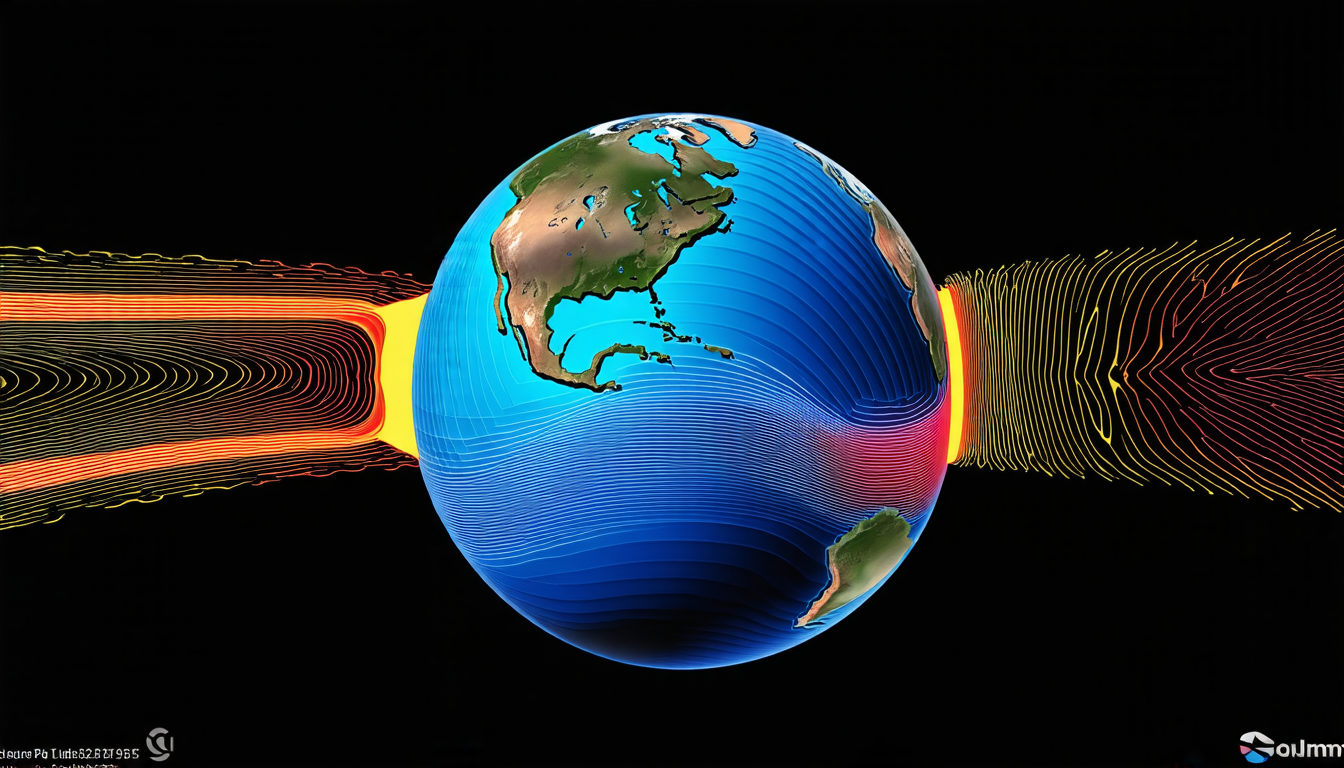Sunday 18 May 2025
Scientists have long sought to understand the secrets of seismic waves, those mysterious ripples that travel through the Earth’s interior, carrying information about earthquakes and volcanic eruptions. Now, researchers have developed a new method for calculating these waves, one that could revolutionize our ability to predict and prepare for natural disasters.
The key to this breakthrough is a technique called the modified fast sweeping method (MFSM), which allows scientists to compute the attenuation operator t∗ in absorbing media. This operator represents the total path attenuation and characterizes the amplitude decay of a propagating seismic wave. By accurately calculating t∗, researchers can gain valuable insights into the internal structure of the Earth and improve their predictions of earthquake behavior.
The MFSM is an iterative method that solves the governing equation for t∗ without explicitly determining the ray path. This is significant because traditional methods require detailed knowledge of the seismic wave’s trajectory, a task that can be computationally intensive and prone to errors. The MFSM, on the other hand, uses a fast sweeping algorithm to discretize the gradient of t∗ and solve for its value at each grid point.
The researchers tested their new method using a variety of numerical experiments, including simulations of seismic waves traveling through complex media with varying velocities and attenuations. Their results showed that the MFSM accurately calculated t∗ and outperformed traditional methods in terms of computational efficiency and accuracy.
One of the most exciting applications of this technology is its potential to improve earthquake prediction. By better understanding the internal structure of the Earth and how seismic waves interact with it, scientists can develop more accurate models of earthquake behavior. This could ultimately lead to improved early warning systems and more effective disaster preparedness measures.
The MFSM also has important implications for geothermal energy exploration. Seismic imaging is a crucial tool in identifying potential geothermal resources, but traditional methods can be limited by the complexity of the Earth’s subsurface. The new method could provide a faster and more accurate way to image these regions, potentially unlocking new sources of clean energy.
As researchers continue to refine the MFSM, its applications will likely expand far beyond seismic wave analysis. This breakthrough has the potential to transform our understanding of the Earth’s internal dynamics and improve our ability to predict and respond to natural disasters. With its unique combination of accuracy, efficiency, and versatility, the modified fast sweeping method is poised to revolutionize the field of geophysics.
Cite this article: “Revolutionizing Seismic Wave Analysis with the Modified Fast Sweeping Method”, The Science Archive, 2025.
Seismic Waves, Earthquake Prediction, Modified Fast Sweeping Method, Mfsm, Attenuation Operator, T∗, Geothermal Energy, Seismic Imaging, Natural Disasters, Geophysics.







